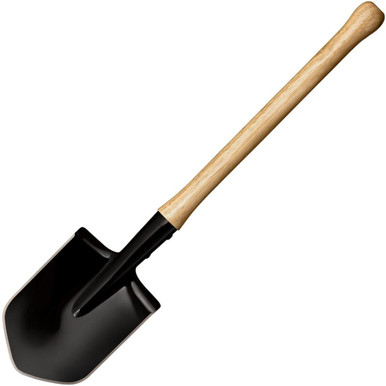avoidthelloyd
Active Member
I'm currently reading through The Pincushion Effect by Jeffery Lucas. You guys that have read it have any thoughts? If you haven't read it, what are your thoughts about the multiple monument dilemma at or near boundary corners, e.g. finding a 1/4" rebar, 3/8" rebar and 1/2" rebar all within 2 feet of each other in the intersection of a roadway where a section corner or boundary corner is located.
I know for me, I was trained by my boss as a 'deed surveyor'. It wasn't the surveyors job to determine who owns what, but to simply mark the deed as written on the ground and note any encroachments. Since I have had my own business, I see the unavoidable issues in this way of thinking.
What would cause any surveyor to set a new monument so close to one already there?
Is this a failure of our profession (in my area anyway) to leave enough evidence to be followed?
In Oklahoma, we do not file our surveys for public use. That would really help, but I only have 6 years of work to contribute and the older fellers may not want to give away what they worked hard for?
Would access to all the surveys even help this problem? Is it a matter of showing field vs. record dimensions on our surveys? Does that appease both the neighbor by only marking the one monument as well as the title work folks who need the numbers to match previous records?
I know I can retrace one of my surveys later and measure differently the second time due to many variables.
Thoughts?
I know for me, I was trained by my boss as a 'deed surveyor'. It wasn't the surveyors job to determine who owns what, but to simply mark the deed as written on the ground and note any encroachments. Since I have had my own business, I see the unavoidable issues in this way of thinking.
What would cause any surveyor to set a new monument so close to one already there?
Is this a failure of our profession (in my area anyway) to leave enough evidence to be followed?
In Oklahoma, we do not file our surveys for public use. That would really help, but I only have 6 years of work to contribute and the older fellers may not want to give away what they worked hard for?
Would access to all the surveys even help this problem? Is it a matter of showing field vs. record dimensions on our surveys? Does that appease both the neighbor by only marking the one monument as well as the title work folks who need the numbers to match previous records?
I know I can retrace one of my surveys later and measure differently the second time due to many variables.
Thoughts?
Last edited:

